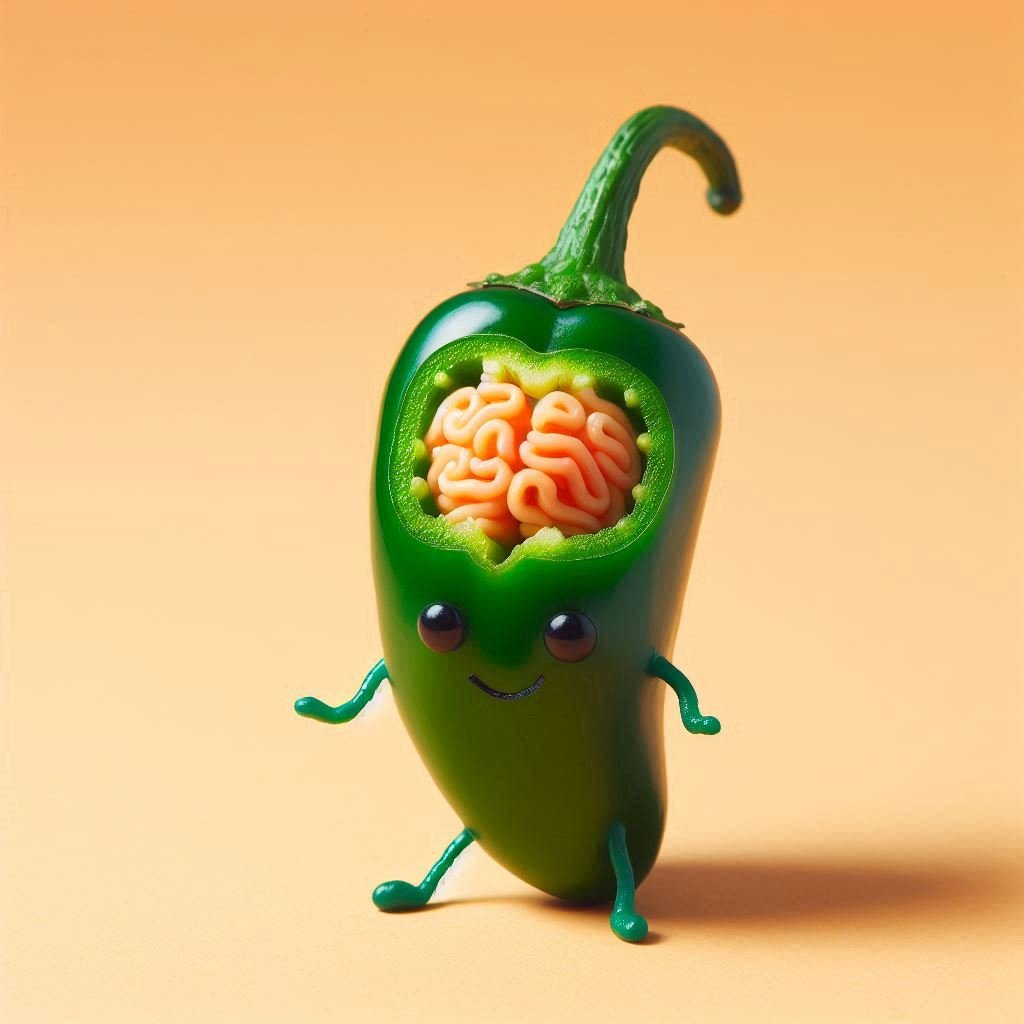What is…the somatic psychology perspective
Somatic psychology recognizes that humans are a unified mindbody. We experience the world through our senses and bodies, and these bodily experiences shape our nervous systems (Moya, 2015). Because mind and body are inseparable (Totton, 2003), we must consider the whole person, not just isolated aspects. Each “mindbody” has unique capabilities, challenges, similarities, and differences. Holistic care requires attending to this integrated system.
The mindbody is also a vehicle for communication and exploration (Payne, Koch, Tantia, & Fuchs, 2019). As social beings, we exist in relationship with others—humans, animals, and the natural and built environment (Mallgrave, 2015). We constantly receive and process information about our surroundings and interactions, creating a continuous flow of sensory input that shapes our experience.
If I pet my dog, I can feel her fur under my hand, see the relaxed nature of her body as she receives my love, and feel her body move closer to mine for more contact. Our relationship makes me feel more comfortable, happy, satisfied, and regulated. This is an example of positive social interaction.
What if that is not your experience? Or what if there are times when things were so bad and scary that they cannot be forgotten? What if you notice that you don’t respond to situations the same anymore, that things are more frightening, that you are angrier, and that what people do and don’t do have stopped making sense? What if you notice that what you do and don’t do has also stopped making sense?
What is…







